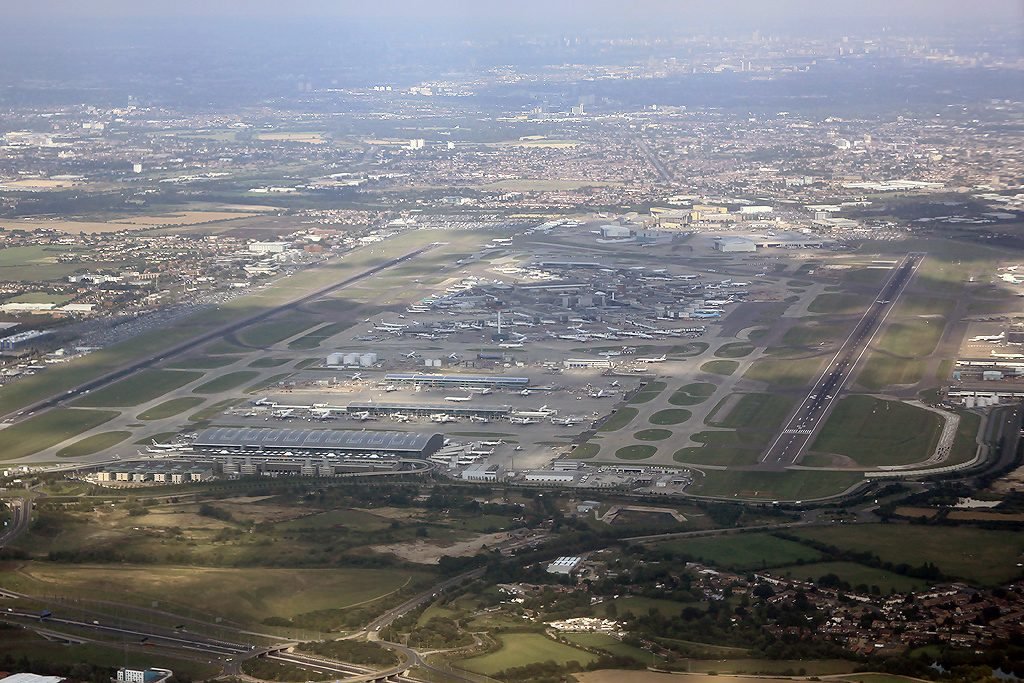Heathrow Airport is in talks with a number of airlines, including British Airways, as part of a once-a-decade review of its terminal assignments. The move could result in some carriers being forced to relocate from their established bases, representing a major change in operations at London’s busiest airport.
Sources say Heathrow has started talks with the 82 airlines that operate from the airport. The aim is to maximize capacity and increase operational efficiency in the next few years. The last comprehensive review of this sort was done over a decade ago, so this is a significant time for airline operations at Heathrow.
At this point, it is uncertain how wide-ranging the changes will be or how far the talks have proceeded. But carriers with a significant employee presence at the airport will resist any enforced relocations. British Airways, Heathrow’s largest operator, has a huge interest in the talks. The airline relocated to Terminal 5 in March 2008 after a huge £4.3 billion investment. Terminal 5 is exclusive to BA and serves more than 30 million passengers per annum.

Insiders in the airline industry estimate that a relocation of British Airways out of Terminal 5 is unlikely because it has long had primacy at Heathrow. Still, some of the airport’s other main airlines, such as Qatar Airways, American Airlines, Singapore Airlines, and Virgin Atlantic, might need to adjust their base of operation.
Although Heathrow has not released specific information regarding possible changes, sources say that the review could lead to a major re-juggling of space allocation. Rumor has it that members of the Star Alliance—like Air Canada, Lufthansa, and Singapore Airlines, which mainly operate from Terminal 2—may be among those to be hit by the shake-up.
Responding to questions, a Heathrow spokesperson explained that these occupancy reviews are routine. “Occupancy reviews are a normal part of operating the airport—it’s how we make best use of the space that we have,” the spokesperson said. “We conduct these reviews typically once every ten years to fit in with changes in airline operations and airport infrastructure—the last review was in 2014 to coincide with the opening of Terminal 2.”
The airport spokesperson reiterated also the aim of the airport in these reports: “Our focus is to get the best out of Heathrow’s constrained space, while prioritizing operational resilience and matching capacity to demand. This means passenger experience is always a number one priority.”
These capacity decisions are taken in consultation with the wider airline community so that there is a balanced solution that works for the airport and the airlines operating from it.
In addition to terminal disruption, Heathrow is making the news due to fiscal factors as well. Yesterday, the airport declared it would pay out a shareholder dividend for the first time since five years, as a result of financial restraint enforced by the COVID-19 pandemic. The £250 million distribution is at a time when Labour government is proposing economic stimulation with an aggressive building-out of aircraft infrastructure.
Last year, Heathrow served nearly 84 million passengers, a number that reflects a steady recovery post-pandemic. The airport reported a 31% increase in pre-tax profits, reaching £917 million. As London’s primary international hub, Heathrow remains critical to the UK’s global connectivity and economic stability.
At the same time, the British government seems to be acting positively on airport expansion. Transport Secretary Heidi Alexander will be approving a plan to expand Gatwick Airport, London’s second-largest, in the near future. Heathrow, on its part, is resubmitting its years-long, highly controversial plans for a third runway.
A Heathrow representative reaffirmed the airport’s pledge to proceed with its expansion scheme. “We support the government’s backing of a third runway at Heathrow—we are to put our proposals before the government this summer,” the release said. “We are in talks with ministers to settle on the policy reforms necessary to deliver the project successfully. Our goal is to achieve the government’s goal to obtain planning permission by the end of this parliament.”
The debates surrounding terminal relocations, airline relocations, and future expansion plans at Heathrow highlight the intricacies of running one of the busiest airports in the world. As the negotiations progress, the implications for airlines and travelers in general will become more apparent. In the meantime, the aviation community will be keenly interested in how these suggested changes define the future of Heathrow and its position in international aviation.








